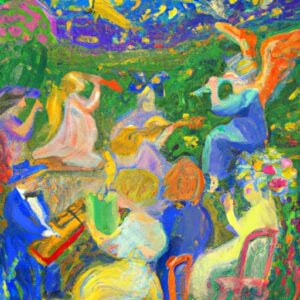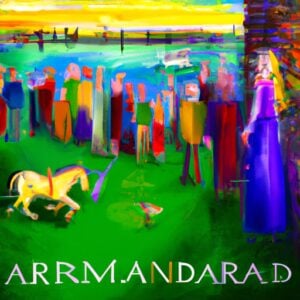How to say then in Italian?
Explaining what we did in a chronological way is always useful in any language. It helps us organize ideas and events and lets others understand the order of these events.
To see if you can spot the equivalent of then take a look at some sentences.
Prima sono andato a fare la spesa e poi ho cucinato.
First, I went to do the groceries and then I cooked.
Siamo andate al cinema e poi a casa.
We went to the cinema and then home.
How to use poi?
You probably guessed we use the word poi to mean then. It’s short so it shouldn’t be hard to remember.
If you want to be more specific, you might start a sentence with prima (first) and add poi to continue your sentence.
But this is not mandatory because if we use the word poi, we know we’re talking about an event that happened after another event.
Here are more examples:
Roberta andrà in Portogallo e poi in Spagna.
Roberta will go to Portugal and then to Spain.
Prima fate i compiti e poi potete uscire.
Do your homework first and then you can go out.
A: Siamo andati ad un concerto.
B: E poi cosa avete fatto?
A: We went to a concert.
B: And then what did you do?
How to use dopo?
You probably already heard the word dopo. Basically, it’s a synonym of poi. It’s slightly longer but you could replace poi with dopo.
Have a look at the examples below:
Di solito, prima faccio colazione e dopo faccio la doccia.
Usually, I have breakfast first, and then I have a shower.
Marco è andato dal dottore e dopo a giocare a calcio.
Marco went to the doctor’s and then to play soccer.










3 Responses
Thanks a lot for the useful videos!
Hi Pilu, I’m so glad you found my video helpful. Feel free to comment any time if you have any more questions. 🙂
Hi Pilu, I’m delighted to hear that you find our videos useful! Your feedback is greatly appreciated. If you have any more questions or need further clarification on any aspect of the Italian language or culture, don’t hesitate to ask. We’re here to help!